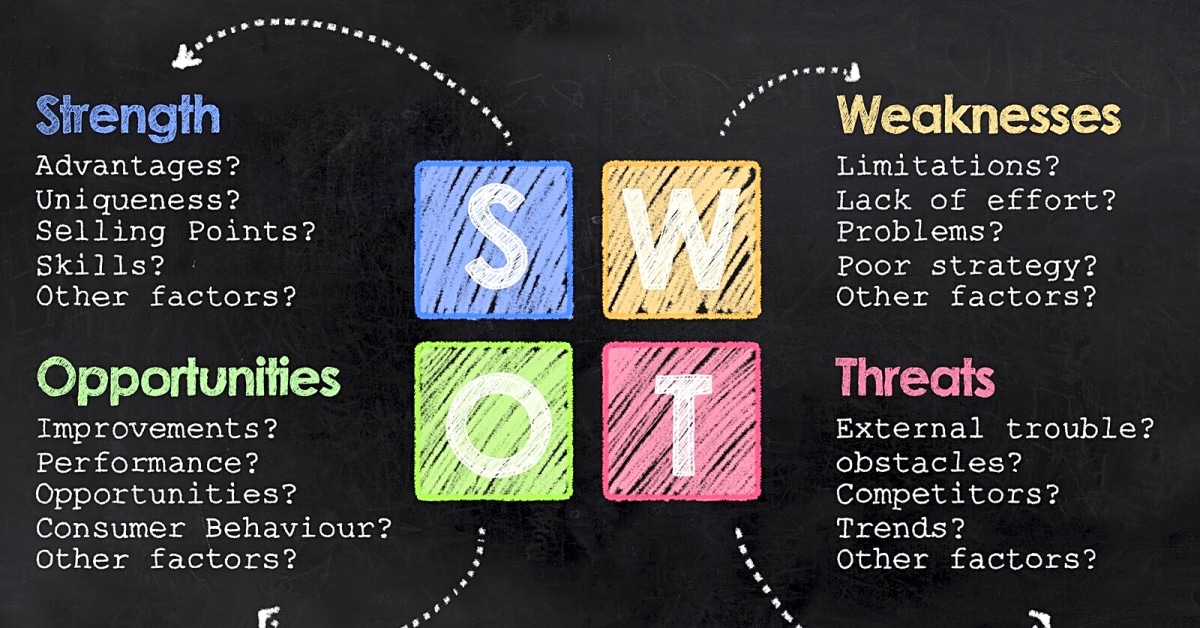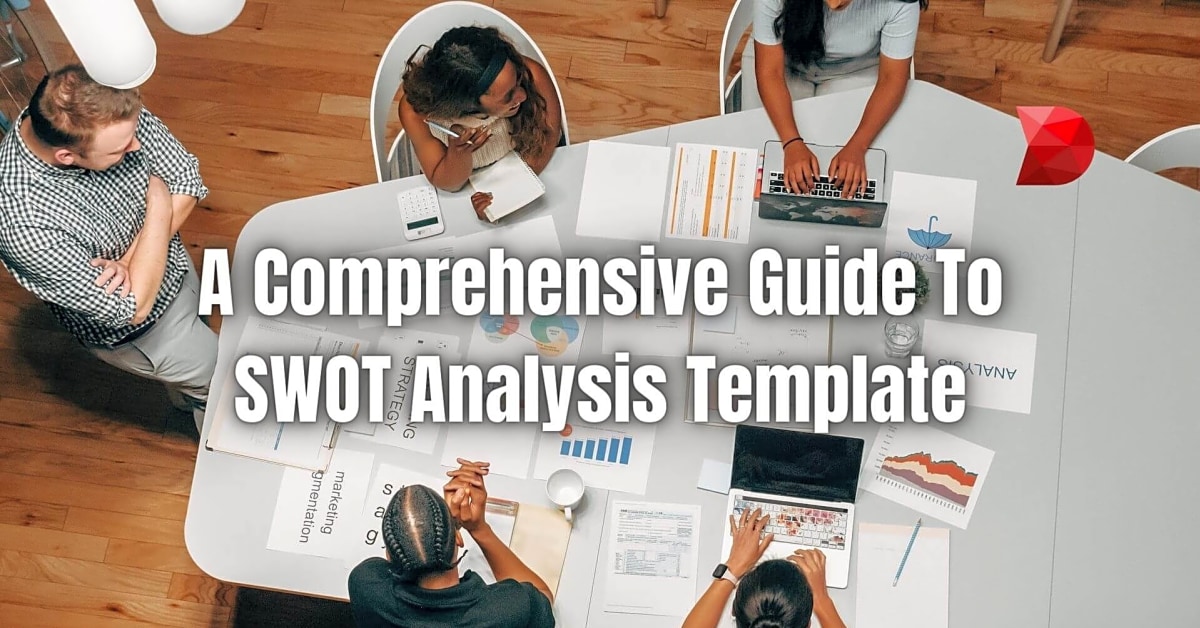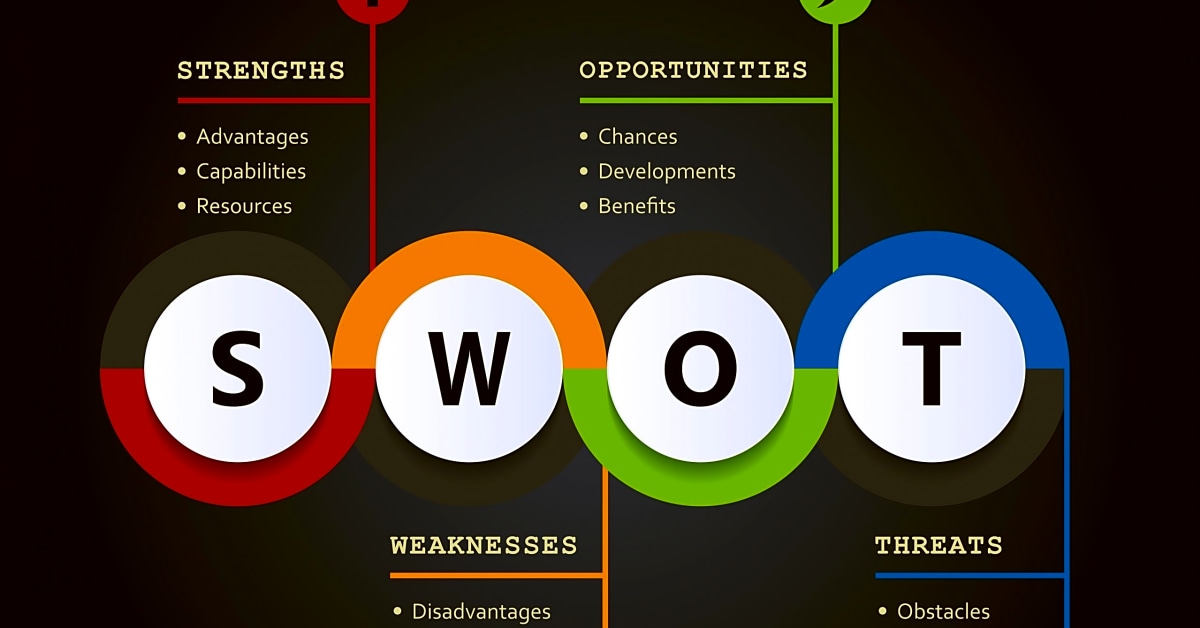SWOT analysis is a widely used framework for analyzing the strengths, weaknesses, opportunities, and threats of a business or organization. It is a powerful tool that helps companies identify their internal and external factors and make strategic decisions based on them. In this article, we will take a comprehensive look at one of the most important components of SWOT analysis – strengths. We will delve into what strengths are, why they are important, and how they can be identified and utilized in the overall SWOT analysis process. Whether you’re a business owner, a student, or simply curious about SWOT analysis, this article will provide you with a deeper understanding of strengths and their role in the success of a company. So sit back, grab a cup of coffee, and let’s explore the world of strengths in SWOT analysis.
To begin, let’s define what exactly strengths are in the context of SWOT analysis. Simply put, strengths are internal factors that give an individual or organization a competitive advantage. They can include skills, resources, relationships, or any other positive aspect that sets an entity apart from others. When conducting a SWOT analysis, it’s important to identify and evaluate your strengths to gain a better understanding of what sets you apart from your competition.
Strengths are an essential component of SWOT analysis, as they provide valuable insights into an individual or organization’s unique capabilities and assets. By identifying and analyzing strengths, you can determine what areas you excel in and how to leverage them to achieve your goals.
One of the main benefits of conducting a SWOT analysis is gaining a deeper understanding of your strengths. This self-assessment allows you to identify your strengths objectively and recognize areas where you may have a competitive advantage over others.
When evaluating strengths, it’s important to consider both tangible and intangible factors. Tangible strengths may include physical assets like technology, equipment, or financial resources. Intangible strengths, on the other hand, may include skills, knowledge, relationships, and reputation.
It’s also important to note that strengths can be relative and may change over time. What may be considered a strength today may not necessarily be a strength in the future. This is why it’s crucial to regularly review and reassess your strengths as part of ongoing strategic planning.
When identifying your strengths, it can be helpful to seek feedback from others, such as colleagues, mentors, or customers. This can provide valuable insights and help you gain a more well-rounded perspective on your strengths.
Once you have identified your strengths, the next step is to determine how to use them to your advantage. This can involve developing strategies to maximize your strengths, addressing any weaknesses that may hinder their effectiveness, and finding opportunities to showcase your strengths to stand out in the market.
In conclusion, strengths play a critical role in SWOT analysis and are an essential aspect of understanding an individual or organization’s position in the market. By properly identifying, evaluating, and utilizing strengths, you can gain a competitive advantage and achieve success in your personal or professional endeavors.
Identifying Your Strengths
When conducting a SWOT analysis, it’s important to take a thorough and honest look at your strengths. This can be done through self-reflection, surveys, or feedback from others. Some key questions to consider when identifying your strengths include: What do I do well? What resources do I have at my disposal? What do others perceive as my strengths?
Utilizing Your Strengths
Once you have identified your strengths, it’s important to understand how to use them to your advantage. This can involve leveraging your strengths to overcome weaknesses, capitalizing on opportunities, or differentiating yourself from competitors. For example, if one of your strengths is having a strong brand reputation, you can use this to attract new customers and build trust with your existing customer base.
Tools and Frameworks for Strengths Analysis
In addition to self-reflection and feedback, there are various tools and frameworks that can help you identify and evaluate your strengths in a SWOT analysis. Some popular options include the 7S Framework, PESTLE analysis, and VRIO Framework. These tools provide a structured approach to assessing your strengths and can also help you gain a deeper understanding of how they fit into the larger picture.
Examples of Strengths
To give you a better idea of what strengths may look like in a SWOT analysis, here are some common examples:
- A strong brand reputation: This can be a major strength for a company, as it can attract customers and build trust in the market.
- Extensive knowledge or expertise in a particular area: Having a deep understanding of a specific industry or skillset can give an individual or organization a competitive advantage.
- Valuable partnerships or relationships: Strong partnerships and relationships with other businesses or individuals can open up opportunities for growth and collaboration.
- Innovative technology or processes: Being ahead of the curve with innovative technology or processes can set an organization apart from its competitors.
- Financial stability: A strong financial position, whether through profits or investments, can provide stability and resources for future growth.
It’s important to note that strengths can vary greatly depending on the individual or organization, and what may be considered a strength for one may not be for another.
In conclusion, strengths are an essential component of SWOT analysis and play a significant role in determining an individual or organization’s competitive advantage. By identifying and utilizing your strengths effectively, you can position yourself for success and stay ahead of the competition. Remember to regularly reassess your strengths and adapt as needed to stay relevant in an ever-changing market.



